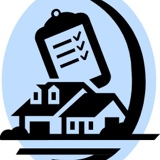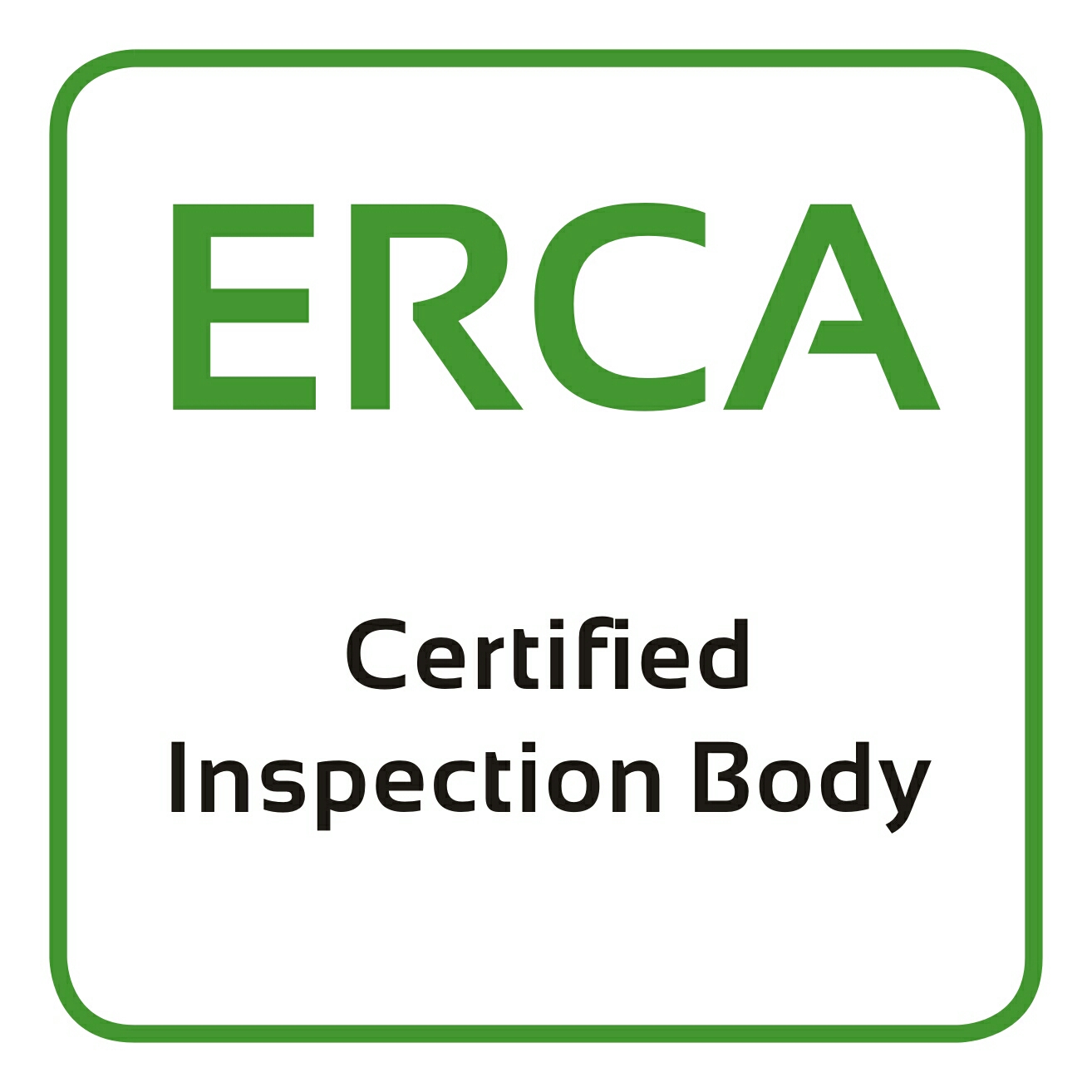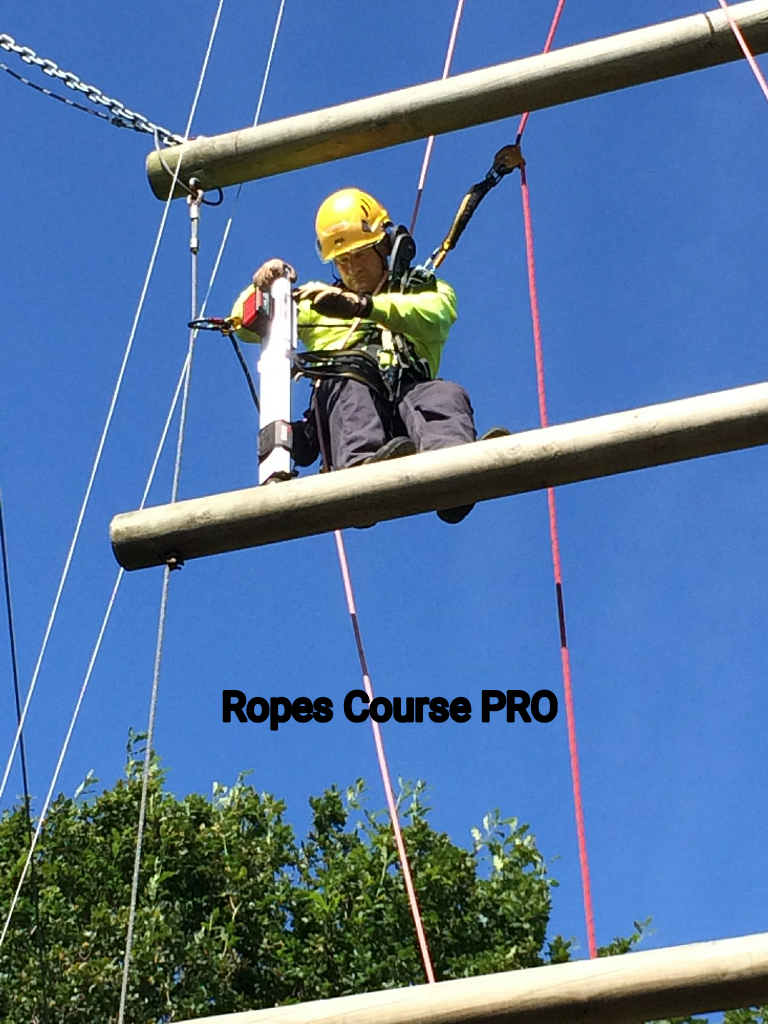Information
-
Date & Time of Inspection:
-
Type of Inspection:
- Departmental/ Supervisory Inspection
- SHE Committee Inspection
- SHE Manager/ Coordinator Inspection
-
Inspection Area:
- Customer’s Premise
- Head Office
- Branch
-
Name(s) of Technician/ Store man: (interviewed during spot check with 1-2 technicians or store man on work hours and rest hours, under Section 16)
-
Job Title:
-
Observations:
Observation
-
Location:
-
Observation:
-
Action By:
-
By When:
-
Closed? Please attached photos here.
-
Action Plan:
-
Inspection Team:
Person
-
Name:
-
Add signature
-
INSPECTION GUIDE
1. Housekeeping
-
1.1 Are work areas in clean & tidy state?
-
1.2 Are floor, aisles, passageways kept clean & dry?
-
1.3 Are floor holes eg. drains covered?
2. Material Handling & Storage
-
2.1 Workers observed safe manual handling technique?
-
2.2 Regular examination conducted for heavy lifting equipment eg. forklift, hoist?
-
2.3 Competent persons to operate lifting equipment ?
-
2.4 Authorised, trained operators for forklifts?
-
2.5 SWL (Safe Working Load) indicated on lifting equipment & appliances?
-
2.6 Lifting gears & safety devices in good order?
-
2.7 Service tags displayed?
-
2.8 Proper storage for lifting gears & other accessories?
-
2.9 Is adequate clearance at passageway where material must be moved?
-
2.10 Are storage area free from ignition source, fire, explosion and pest?
-
2.11 Materials stacked on firm foundation/ support & do not appear unsteady?
3. Personal Protective Equipment
-
3.1 Is PPE provided eg. safety glasses, ear plugs, gloves, safety shoes, safety belt?
-
3.2 Are workers using the PPE correctly?
-
3.3 PPE are stored and maintained properly?
4. Emergency Preparedness
-
4.1 Fire fighting equipment (eg. Fire hose reel, extinguishers) provided adequately?
-
4.2 Fire fighting equipment prominently marked & labeled with signage?
-
4.3 Fire fighting equipment maintained & in good order?
-
4.4 Are all fire fighting equipment free from obstruction?
-
4.5 Emergency response signage displayed where necessary?
-
4.6 Are means of escape free from obstruction?
-
4.7 Are first aid boxes inspected & replenished?
-
4.8 Is First Aid Room properly maintained, if any?
-
4.9 Emergency shower & eyewash provided & in good condition, if any?
-
4.10 Are there adequate employees on each shift who are trained in first aid?
-
4.11 Are exit routes clearly marked & equipped with emergency lighting?
-
4.12 Are evacuation route, procedure displayed & maintained at various locations?
5. Machinery
-
5.1 Are dangerous parts of machine guarded eg. rollers, cutters, punch, high voltage?
-
5.2 Guards / Safety devices properly adjusted & in good condition?
-
5.3 Emergency button unobstructed and safety interlock and sensors tested in order?
-
5.4 No spillage of coolant / oil on the floor?
-
5.5 Are tools kept in toolbox or designated area?
-
5.6 Qualified person engaged for inspection & maintenance?
-
5.7 Are lockout device and warning sign used during repair / maintenance work on machine?
6. Electrical Safety
-
6.1 Are plugs, sockets & cables in good condition?
-
6.2 No crawling cable at the working area?
-
6.3 Cables placed away from sharp edges & wet area?
-
6.4 Circuit breakers installed?
-
6.5 Are electrical panels enclosed?
-
6.6 Are warning signs appropriately displayed at high voltage area?
-
6.7 Earthing provided for tools in operation eg. drill, screw driver, disc cutter?
7. Chemical Safety
-
7.1 A designated area for chemical storage?
-
7.2 Adequate ventilation for chemical storage?
-
7.3 Acidic, alkaline and flammable chemical stored separately?
-
7.4 All chemical, including chemical waste containers properly labeled and covered?
-
7.5 No sign of chemical spills or leakage?
-
7.6 Competent person in-charge of the chemical substances?
-
7.7 Chemical spill kit for spill/ leakage control provided and in good condition?
-
7.8 Unused or waste chemical containers covered?
-
7.9 SDS (Safe Data Sheets) kept for each chemical used & are available to staff?
-
7.10 No chemicals stored near or above the drains or public/ open water course?
-
7.11 No disposal of chemicals into the sink, drain/ sewage unless with authority approval?
8. Compressed Gas Safety
-
8.1 Empty and full gas cylinders properly labeled and stored separately?
-
8.2 Valve caps provided during transfer?
-
8.3 Stored away from heat sources, electrical areas and have flashback arrestors for flammable gases cylinders?
-
8.4 Stored upright and chained/ strapped to prevent toppling?
-
8.5 Regulators used and in good condition?
-
8.6 No physical damage on the cylinder?
9. Pressure Vessels (eg. compressor, boiler)
-
9.1 Subjected to examination regularly? Label of last test date & pressure rating displayed?
-
9.2 Is belt drive totally enclosed to cover the front, back, top, and sides?
-
9.3 Valves are clean and free from damage?
-
9.4 Trained and qualified person in-charge?
-
9.5 Area kept clear of combustibles, oil, grease and other chemicals?
-
9.6 Any shifting, rusty or loose support brackets for piping supports?
-
9.7 Indicating devices eg. pressure gauge & glass, thermometer in good condition?
-
9.8 Compressor/ Boiler Room access restricted and labeled Hearing Protection Area?
10. Employee Work Stations and General Areas
-
10.1 Are working environment clean & free from known hazards & diseases?
-
10.2 Are lighting sufficient for the type of work? Eg. rough, fine work, paper work etc.
-
10.3 Are fresh air supply, good ventilation & proper exhaust system provided?
-
10.4 Exposure to noise hazards controlled?
-
10.5 No overcrowding observed in work area?
-
10.6 No slip, trip and fall hazard in the work area?
-
10.7 Reduce, reuse and recycling of paper in practice?
-
10.8 Power e.g. for lights, air-con, computer are switched off when not required?
-
10.9 Recycling practices for other materials eg. plastics, metal observed?
11. SHE Promotion
-
11.1 SHE policy, rules, regulations and procedures displayed appropriately?
-
11.2 SHE posters / signage displayed appropriately?
12. Vehicle & Pedestrians Routes
-
12.1 Are routes for vehicles & pedestrians clearly marked and safely apart?
-
12.2 Are there suitable pedestrian crossing points on vehicle routes where needed?
-
12.3 Are there hump, traffic mirrors & signage where needed?
-
12.4 Are roads wide enough, avoid sharp / blind bends?
-
12.5 Are the roads well constructed, ie. have firm, even surfaces & well maintained?
-
12.6 Are the roads and pedestrian walkway free from obstructions & other hazards?
-
12.7 Speed Limit sign displayed at the service road around the head office / branch where appropriate?
-
12.8 Road marks eg. arrow signs, yellow lines are clearly visible to road users?
13. Provisions in the Service Vehicles
-
13.1 Vehicle Inspection Certificate displayed?
-
13.2 Vehicle equipped with adequate First Aid Items?
-
13.3 Vehicle equipped with Spill Control Kit, where hazardous chemical substances are stored?
-
13.4 Spill Control Kit in good condition with sufficient items?
-
13.5 Vehicle equipped with fresh water supply?
-
13.6 Vehicle equipped with extinguisher, especially where hazardous chemical substances are stored?
-
13.7 SDS (Safety Data Sheets) provided in the vehicle?
-
13.8 Adequate PPE provisions in the vehicles eg. safety glasses, gloves, safety shoes, safety belts?
-
13.9 Antidotes provided are properly maintained in the vehicle?
-
13.10 Good housekeeping observed in the vehicle?
14. Vehicles Activities
-
14.1 Speed Limit sign displayed at the service vehicle?
-
14.2 Are warning signs adequate and sufficient for the road users?
-
14.3 Only trained and qualified drivers are engaged to drive the service vehicles?
-
14.4 Driver carried with him valid driving license?
-
14.5 Does the driver use the designated parking areas?
-
14.6 No speeding observed?
-
14.7 Driver obeyed traffic rules while working at or near public roads?
-
14.8 No black smoke observed from the vehicles?
-
14.9 Driver uses safety belt?
15. Incident Reporting & Investigation
-
15.1 No accident happened in the last month?
-
15.2 No near miss (with no injury) over the last month e.g. vehicular near hit incident?
-
15.3 No poisoning or illness case affecting person (staff/ customer/ public) due to exposure to our chemical agents?
-
15.4 No dangerous occurrence?
-
15.5 If any case in 15.1 to 15.4 happens, is the incident report submitted to the Branch Manager & SHE Manager/ Coordinator ?
-
15.6 If any case in 15.1 to 15.4 happens, is the incident investigated?
-
15.7 Has corrective / preventive actions been taken to improve the areas/ equipment/ facilities where the incident happen?
16. Work Hours & Rest Hours (spot check with 1 or 2 Technicians or store man)
-
16.1 What is your routine work hours per day and workdays per week?
-
16.2 Did you do overtime (OT) work or night work? How often?
-
16.3 How many hours do you usually take to do OT & night work?
-
16.4 After night work or OT, do you usually get sufficient rest before return to work? How many rest hours / time-off do you have?












